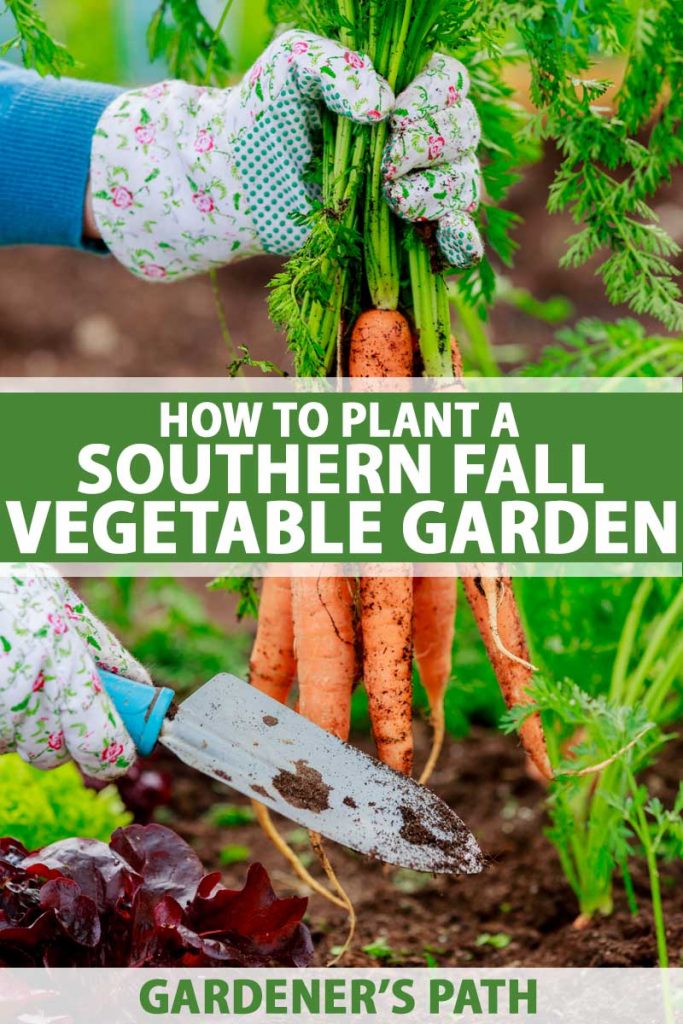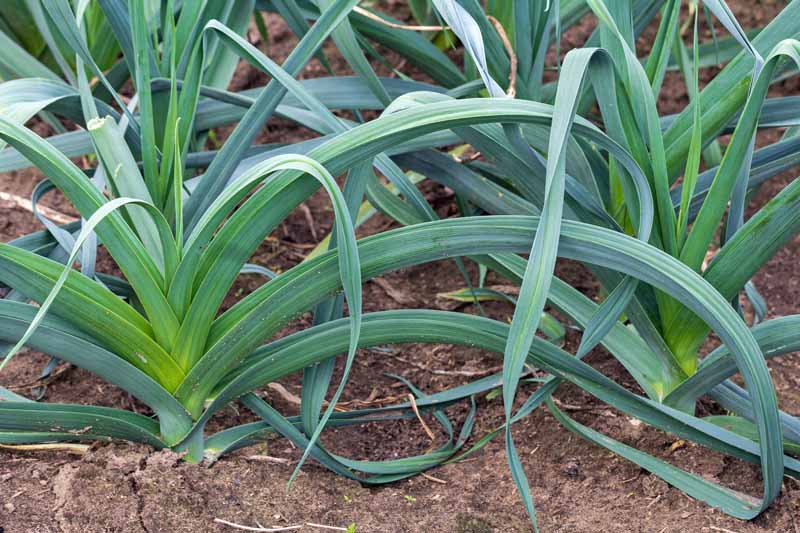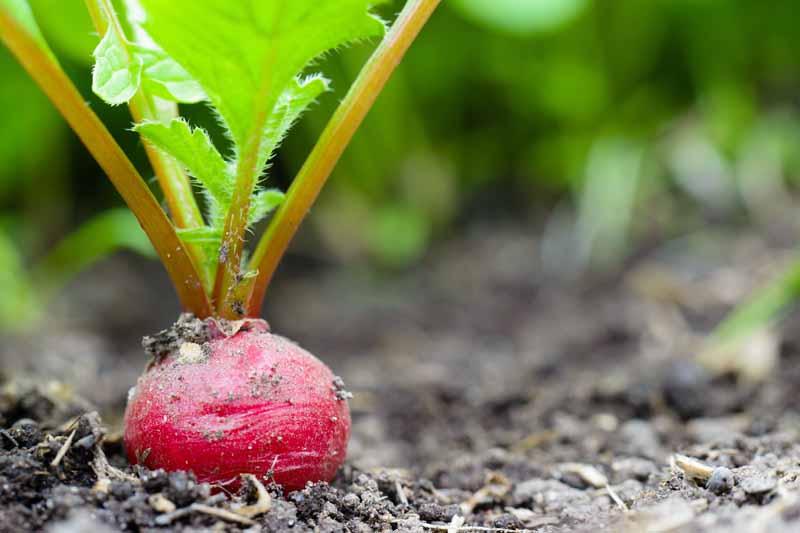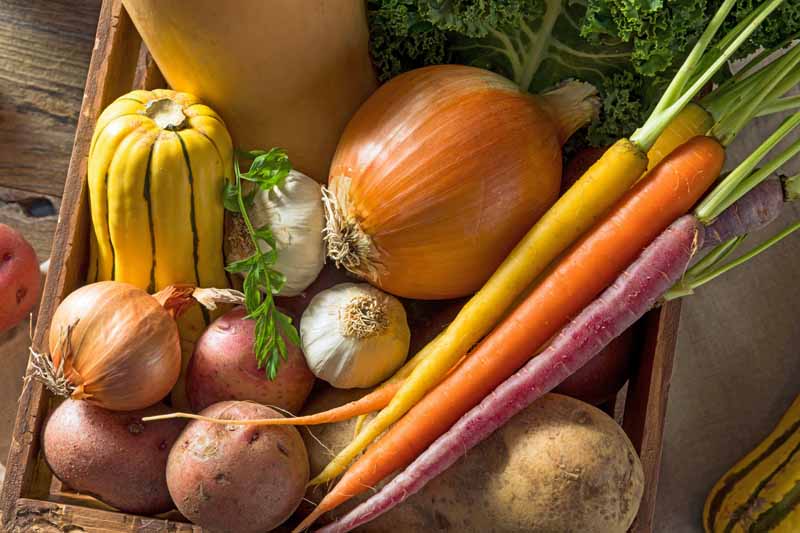If this is the year you’re going to finally find time to get that southern fall vegetable garden in the ground, enjoy this article with tips and tricks for ensuring you have a bountiful crop!
Preparing the area
First, you’ll want to get your garden area ready. Assuming you are using the same garden space you used for your spring garden, pull out all dead plant material, as well as any weeds that may have sprung up. If you have plants that are still healthy and producing, by all means, leave them. I’ve harvested tomatoes and chilies well into January here in Austin. These plants definitely prefer and do better when it’s hotter, but established plants will sometimes keep on giving through the cooler months. Taking care around any live plants, work some additional organic compost into your beds. Many vegetables are heavy feeders and you’ll want to replenish the soil. You may want to add an amendment such as blood meal, as well.
What to plant?
Plants that will often do well in southern fall vegetable gardens include:
When to plant?
Engineering precisely when to plant requires a bit of math. Ugh, I know. First, you’ll want to determine when the average first frost date is in your area. Then you’ll need to consider whether or not your desired crop can tolerate, or indeed, even welcomes a light frost or two, such as brussels sprouts and cabbage. You’ll need to look at your seed packet, or plant pick if you’re buying transplants, to determine the number of days to harvest. Then count backward from the first frost date or from a week or after first frost date if your crop appreciates a touch of chill. Assuming the date you come up is conducive to setting plants out — that temperatures are past the surface-of-Mercury stage — that’s when you’ll plant. In many cases, you’ll start from seed in a cool, indoor environment while it’s still oven-like outside, again timing correctly when you’ll need to transplant. In this situation, plant seeds in individual, biodegradable peat pots, so transplant shock is minimized. Additionally, you may need to rig up some sort of sunshade to protect the newly transplanted seedlings for a few days, while they acclimate. For more information see our guide on when to plant crops in autumn. Easy as pie. Beet pie, anyone?
Ready to get started?
So, out with the old, in with the new, and you’ll be enjoying homegrown veggies well into autumn, perhaps even winter. Decide which of the fall crop possibilities are most likely to be enjoyed by your family, do a little math, and could be enjoying homegrown veggies for Thanksgiving! Do you have any southern fall vegetable garden secrets? Please share in the comments area below. And if you’re looking for more fall gardening tips, check out these articles:
How to Pre-Seed your Garden in Fall for an Early Spring HarvestThe 15 Best Perennials For Fall ColorWhy Autumn Is The Best Time For Planting ShrubsThe 19 Best Cool-Weather Crops for a Productive Fall Garden
© Ask the Experts, LLC. ALL RIGHTS RESERVED. See our TOS for more details. Uncredited photos: Shutterstock.



